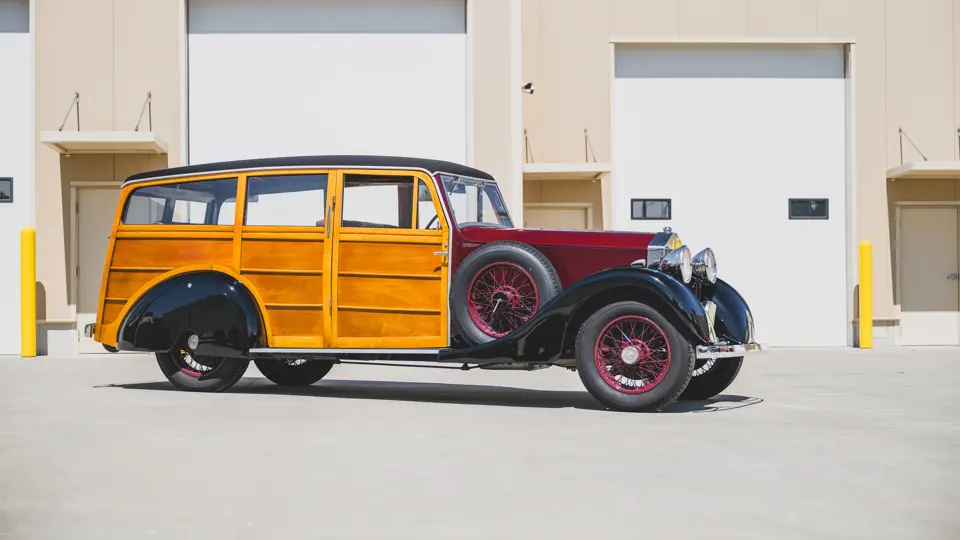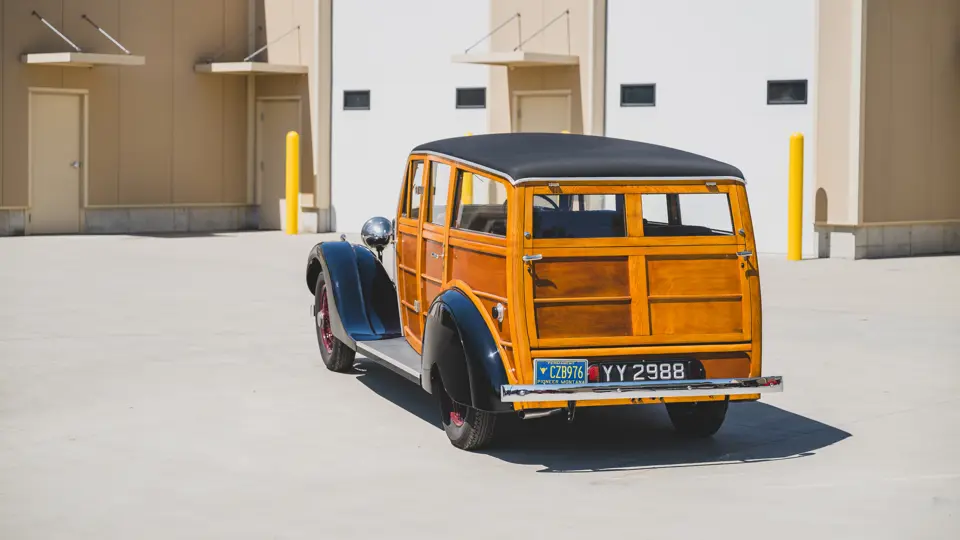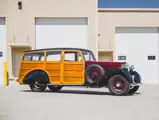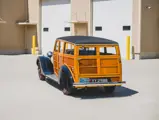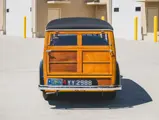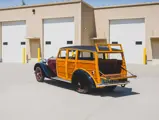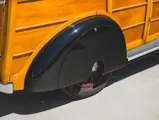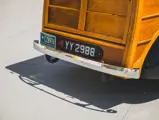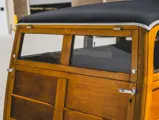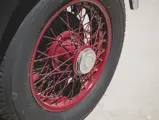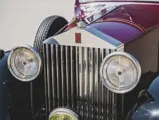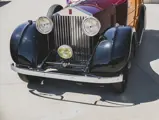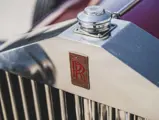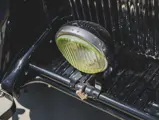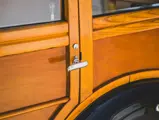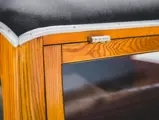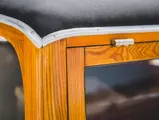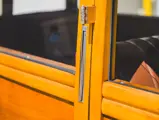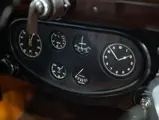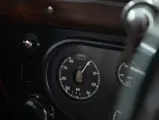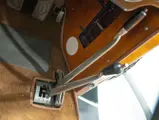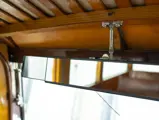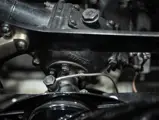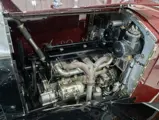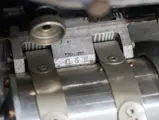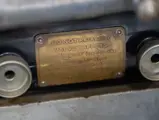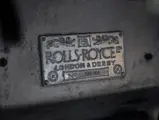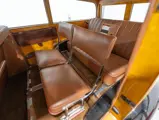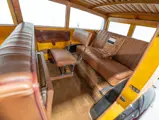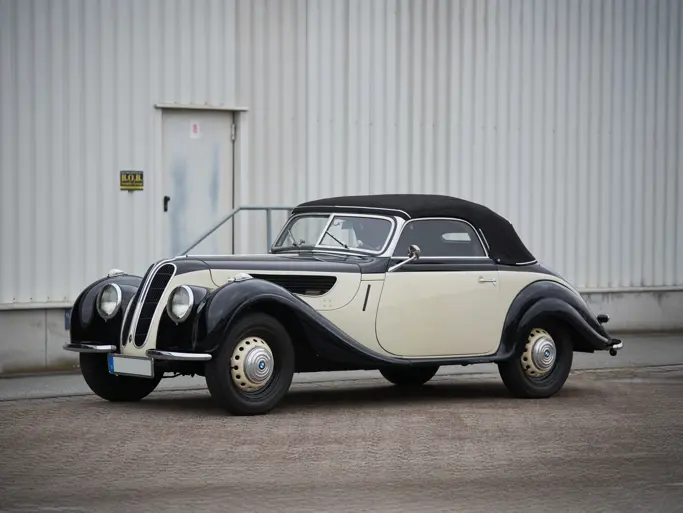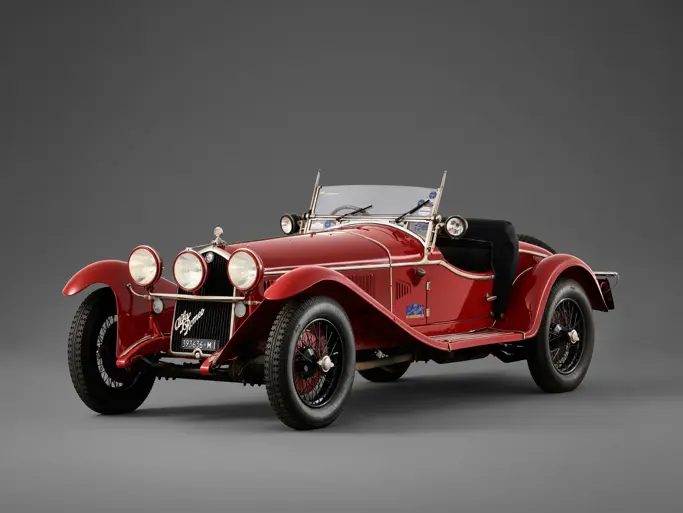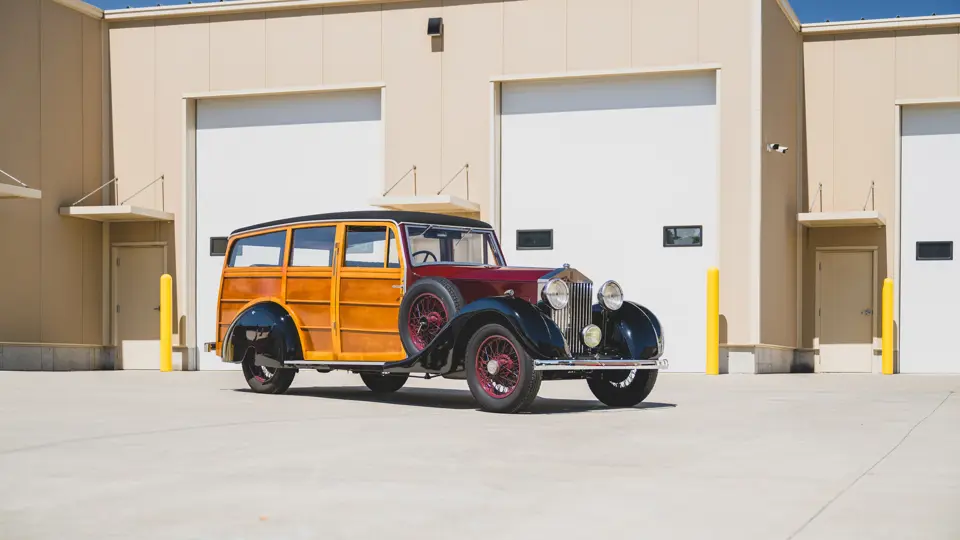
1932 Rolls-Royce 20/25 Shooting Brake
{{lr.item.text}}
$99,000 USD | Sold
{{bidding.lot.reserveStatusFormatted}}
- Elegant, well-designed shooting brake coachwork
- Retained by the same owner from 1959 until 2012; still with its original engine
- Professionally restored in prior ownership
- AACA First Place Junior Award recipient at the 2024 Western Fall Nationals
- Abundant character; ideal for picnics or sporting excursions
The shooting brake body style has its origins in the carriages used by the landed gentry in England for their hunting excursions, which were in turn derived from the rugged but simple wagons used for breaking in young horses—hence, a “break” for shooting, which eventually evolved into “shooting brake.” Eventually, as automobiles took over for carriages, the name came to refer to a particularly British style of station wagon. A shooting brake was often constructed on a very luxurious and expensive chassis, befitting its owner’s status.
The Rolls-Royce 20/25 offered here is one such example, a late-production 20/25 with the desirable four-speed transmission. Chassis number GMU44 was originally bodied as an Enclosed Limousine by Hooper & Company and delivered in September 1932 to Liberal politician Sir Ronald Wilberforce Allen. In light of his recent knighthood, the factory discounted Sir Ronald’s order by 20 percent.
Sir Ronald retained the car until his sudden passing in 1936, after which it passed through other ownerships in the United Kingdom. It is believed to have had its present attractive “three-door” shooting brake coachwork fitted at some point during this period. It was then brought to the United States, apparently in the late 1950s as it was acquired in 1959 by J.D. Ireland of Cleveland, Ohio, who is believed to have retained ownership for 53 years.
In 2012 an enthusiast in California acquired the car and commissioned a professional restoration. Some invoices for the work are on file, including for a full engine rebuild by noted specialists Vintage Garage of Stowe, Vermont, and the installation of a Gear Vendors overdrive to facilitate cruising at modern speeds.
The shooting brake retains its beautiful, streamlined fenders, front cowl, dashboard, cabin divider, and interior trim, apparently from the original Hooper coachwork. The exterior is finished in Claret with fine chrome trim and high-gloss wood detailing, while the interior is in tan leather piped in Claret. Further complementing the exterior are an attractive set of color-matched wire wheels and a central fog light. Inspection indicates that the chassis retains much of its original—or at least older—finishes, while the car is still fitted with its original engine. It was noted during inspection that the car’s radiator has a minor leak, which will require remediation before use.
A wonderful piece of fine craftsmanship and engineering, this shooting brake was recently awarded a First Place Junior Award at the 2024 Antique Automobile Club of America Western Fall Nationals in Loveland, Colorado, and reflects its wonderful heritage, still well-suited to an après-hunt picnic.




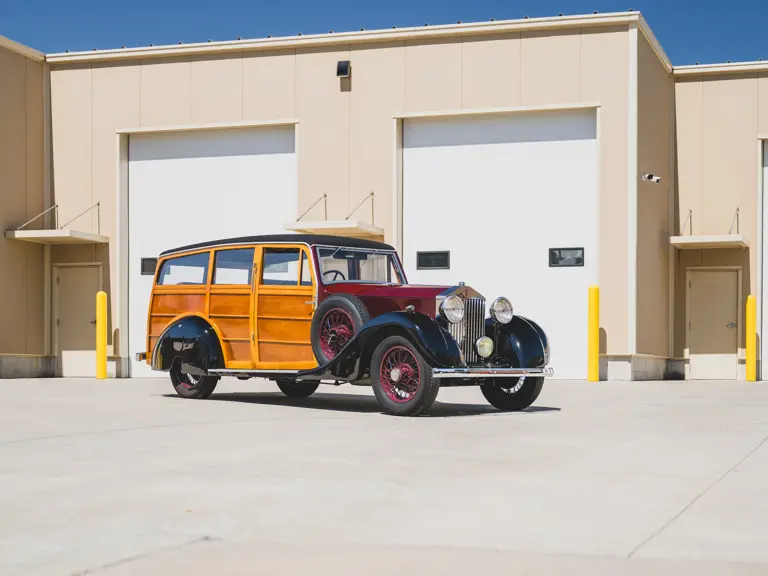
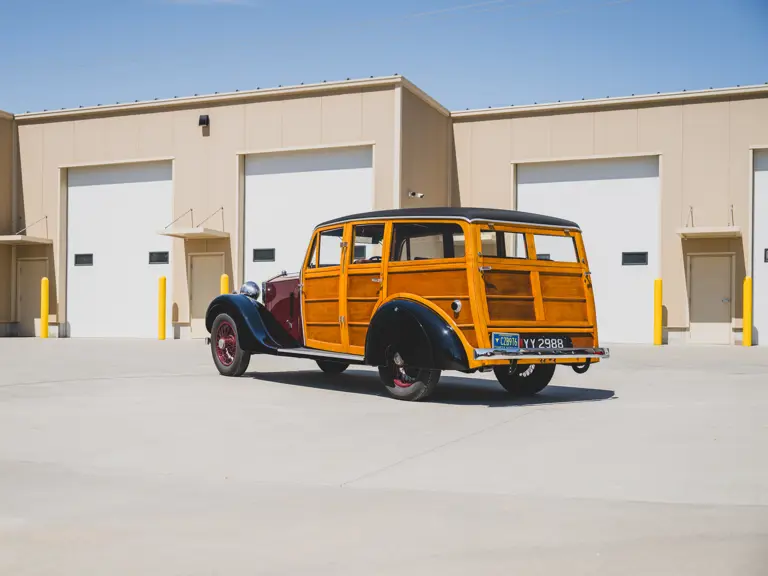
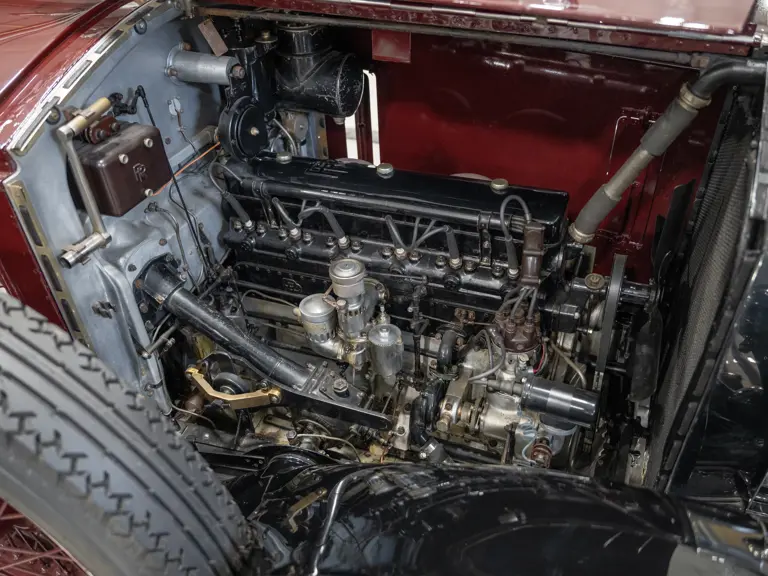
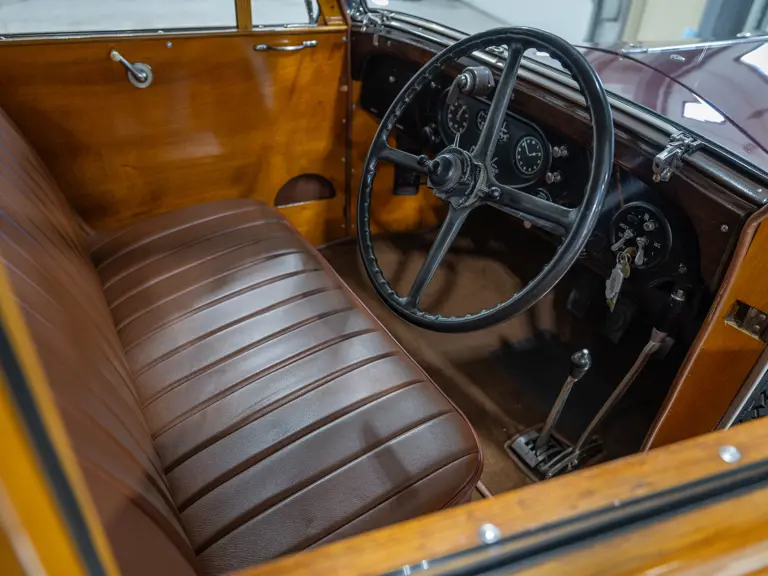
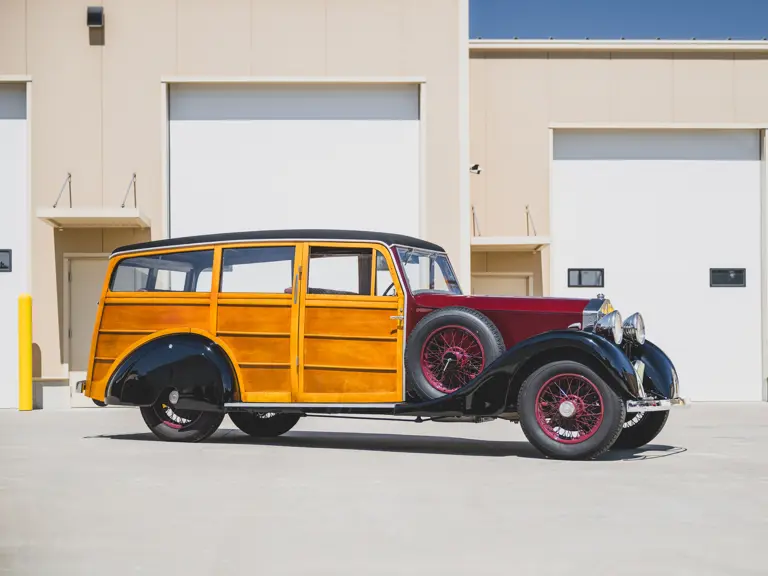
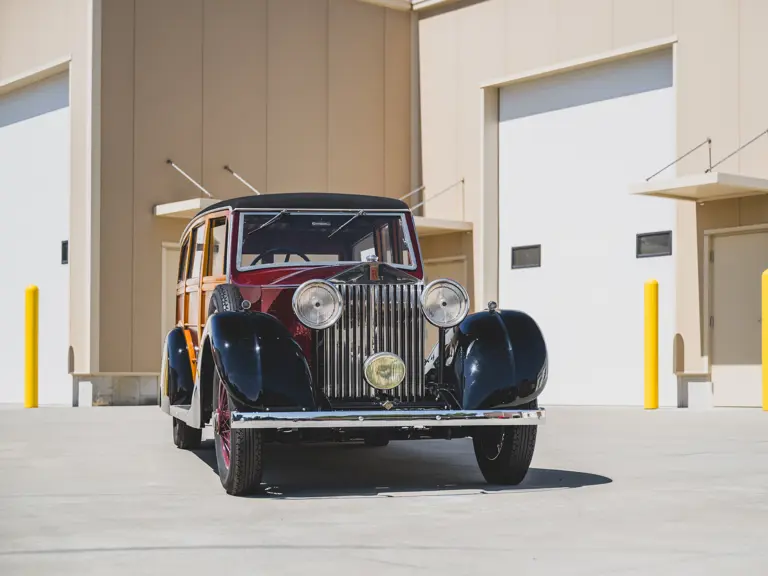
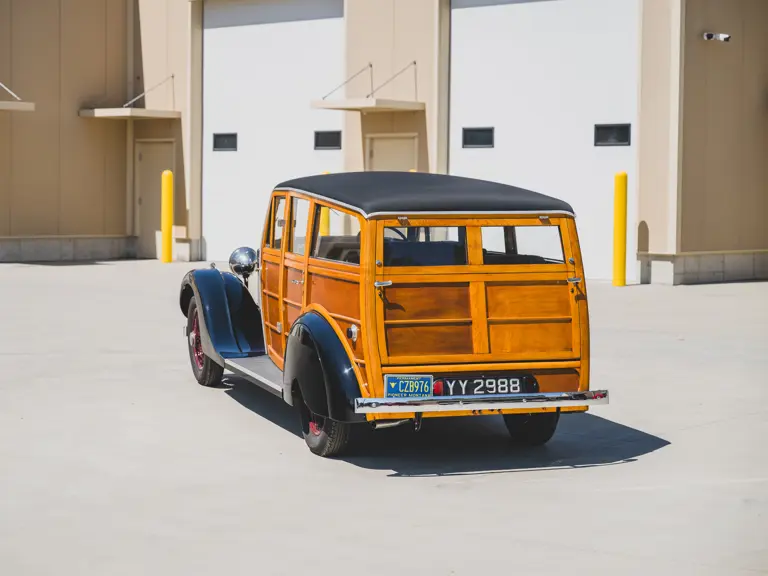
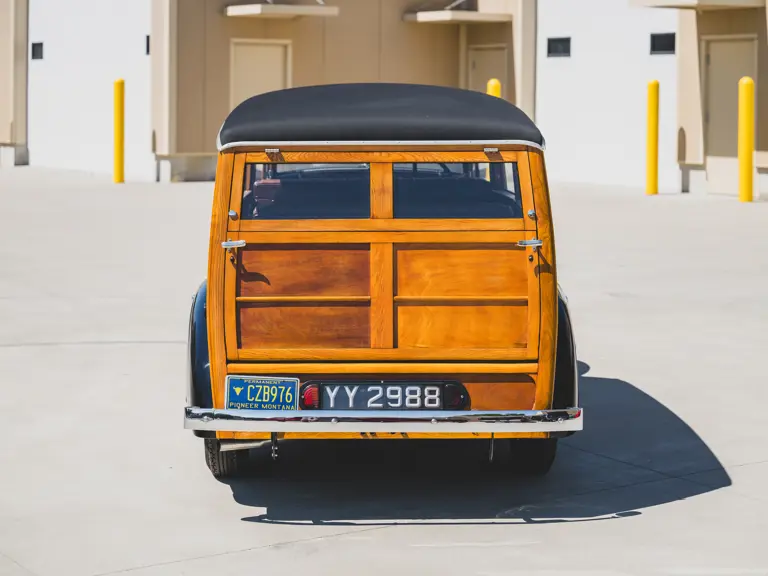
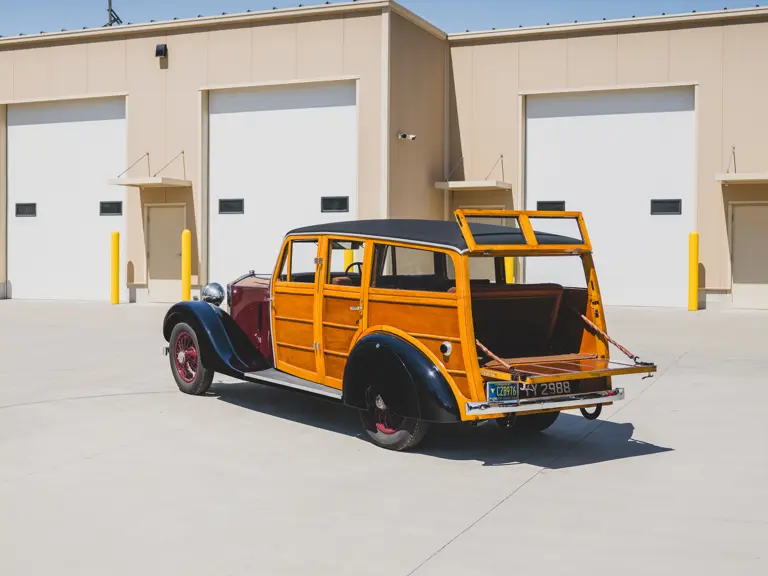
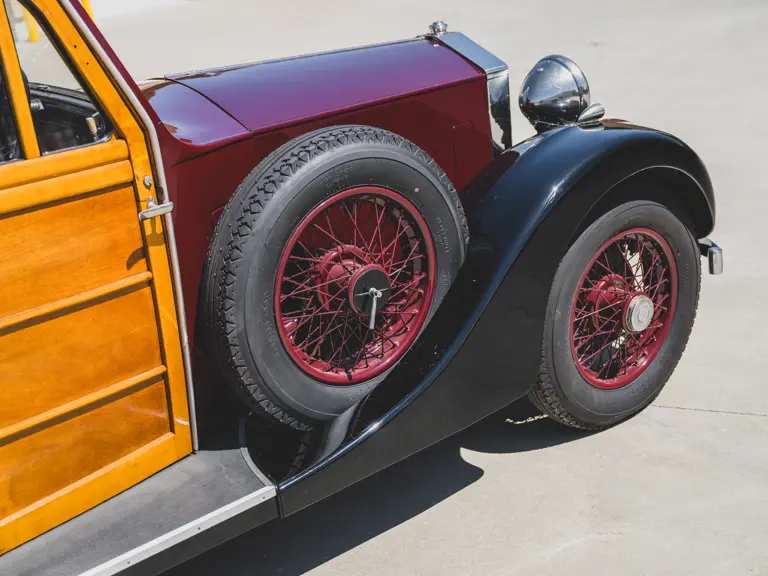

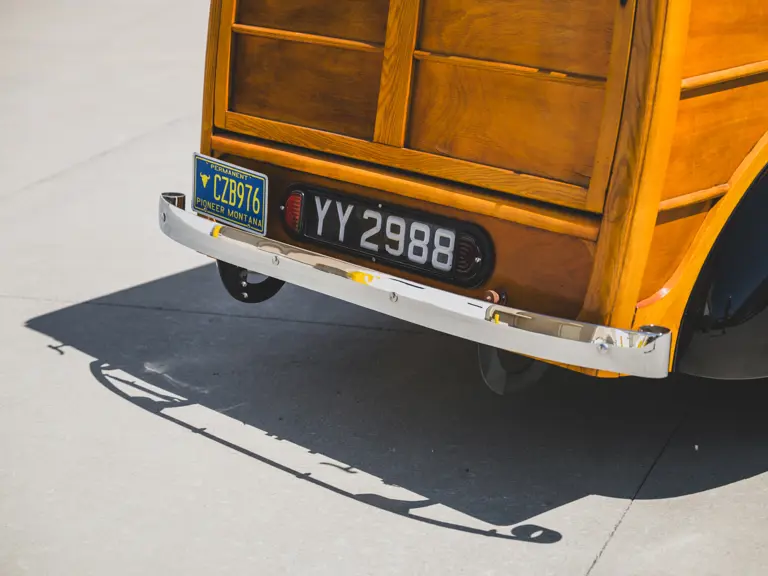
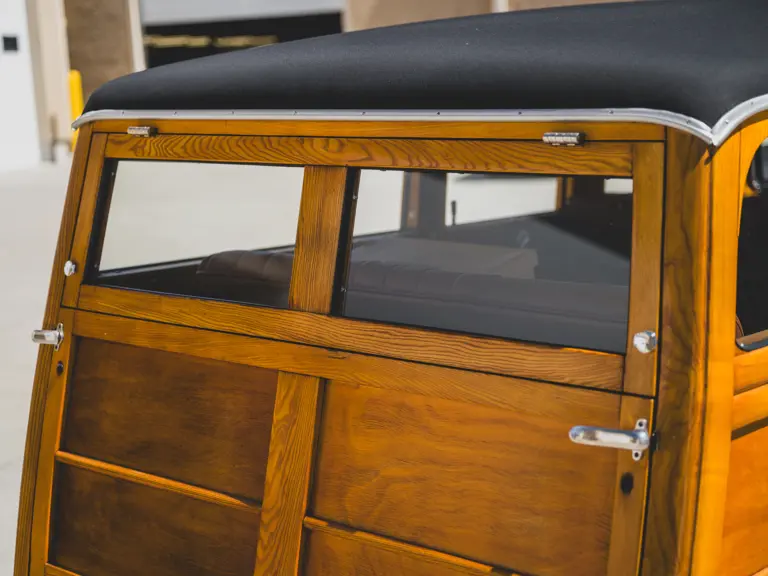
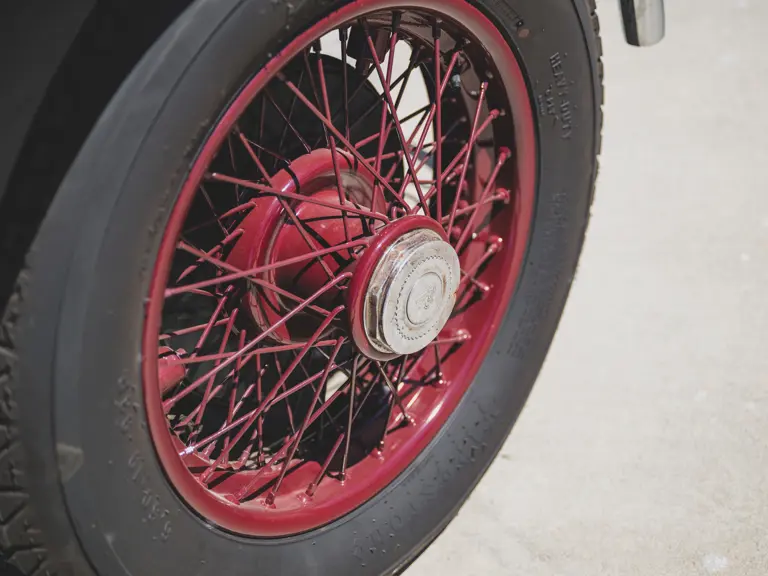
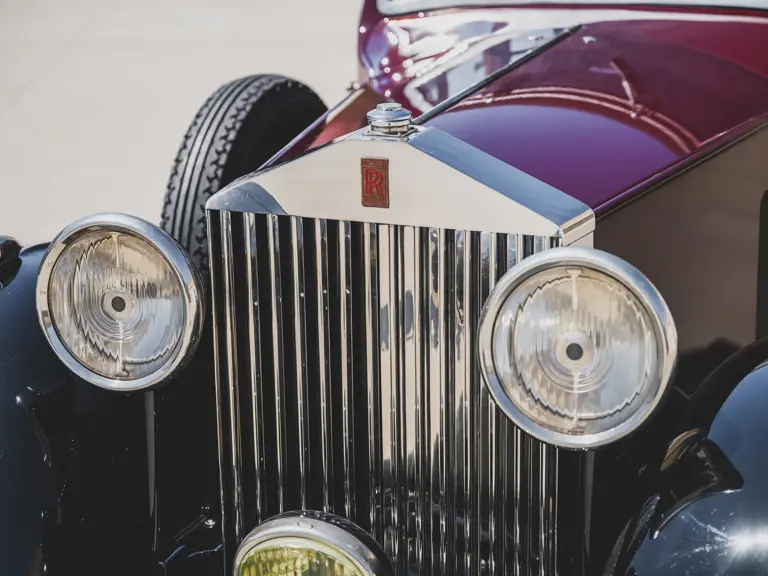

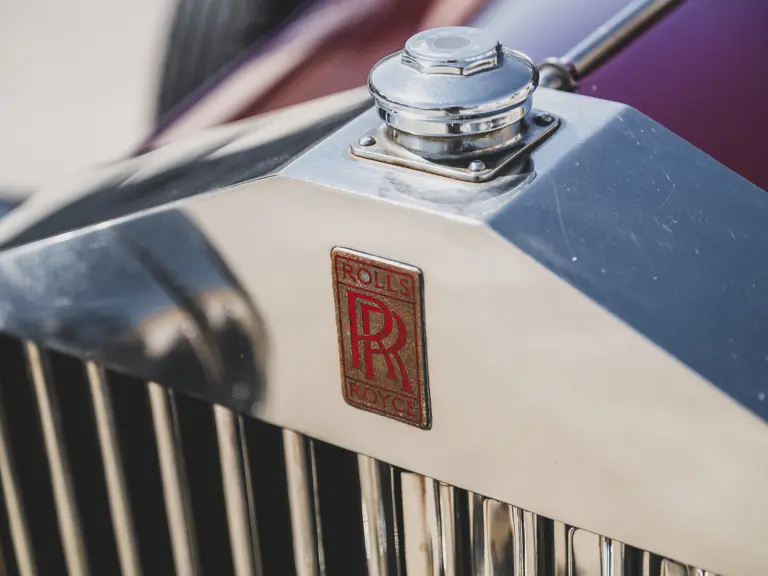


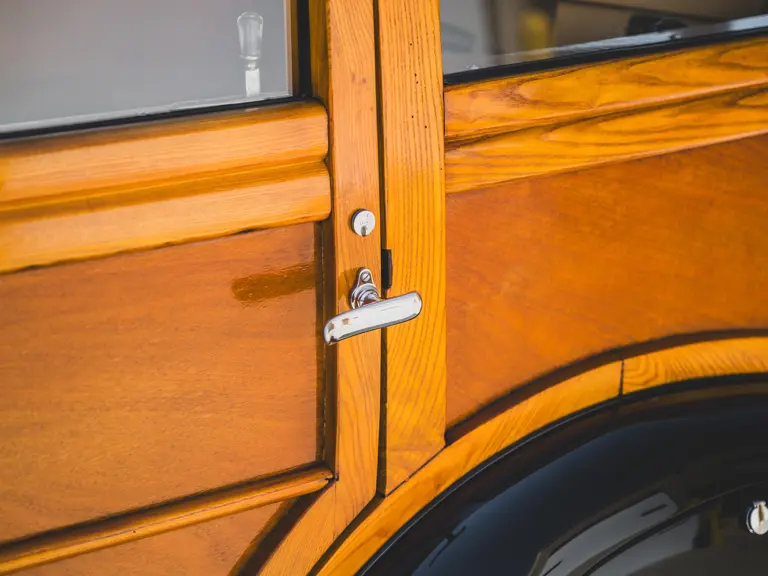
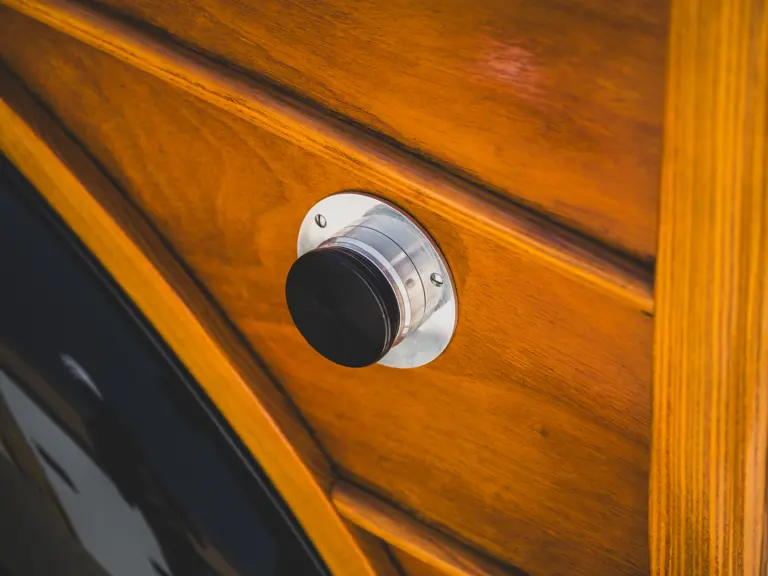


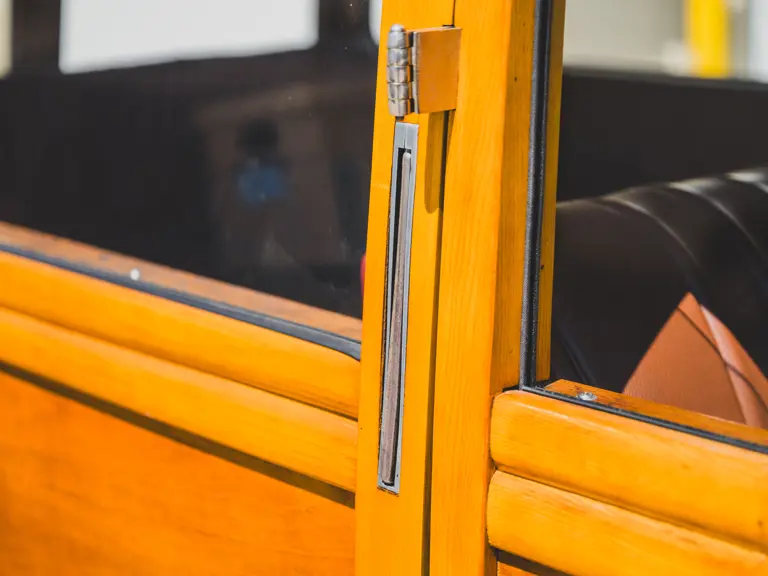
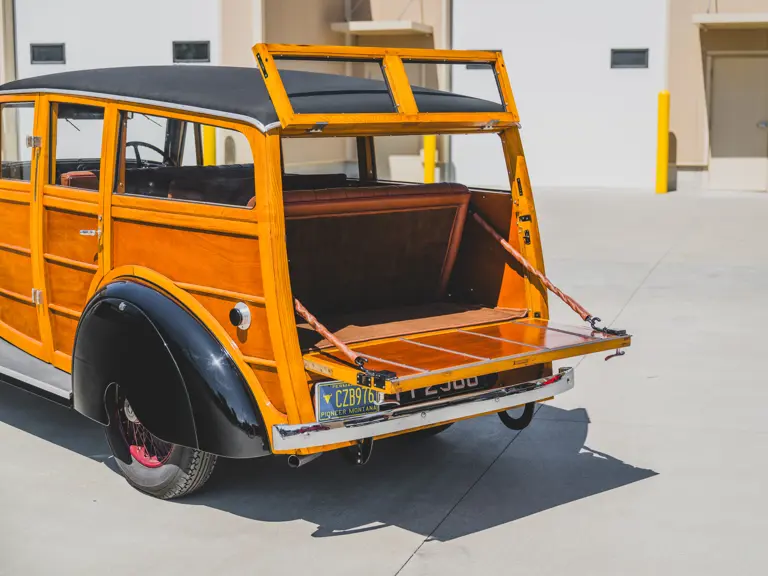

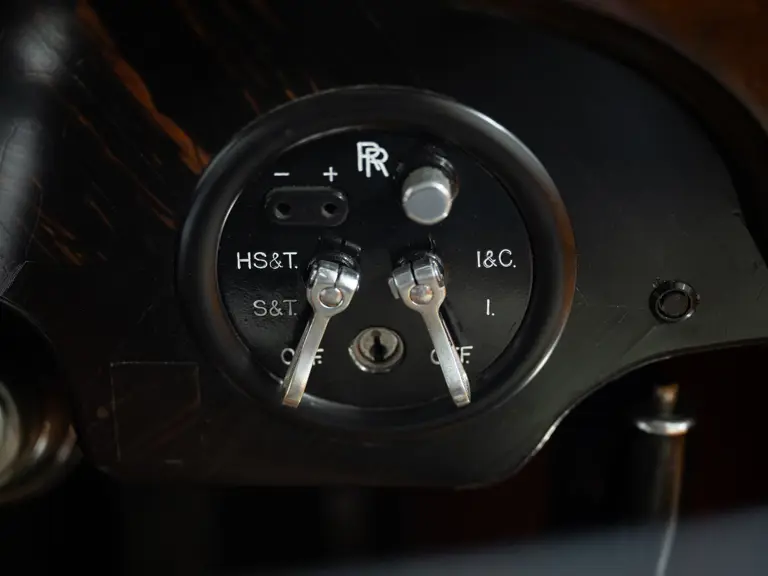
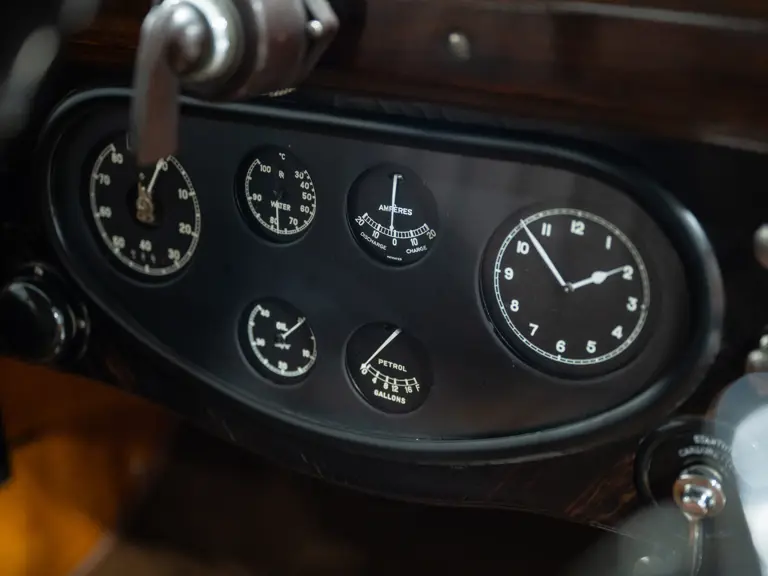
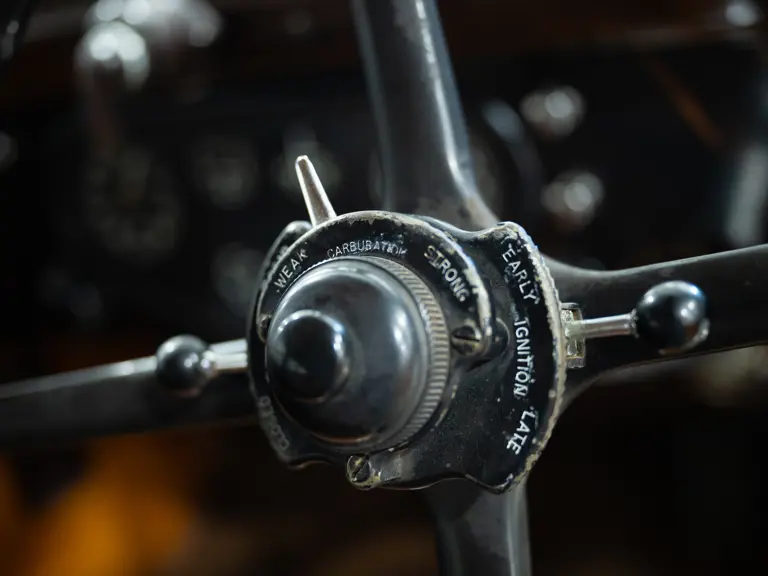
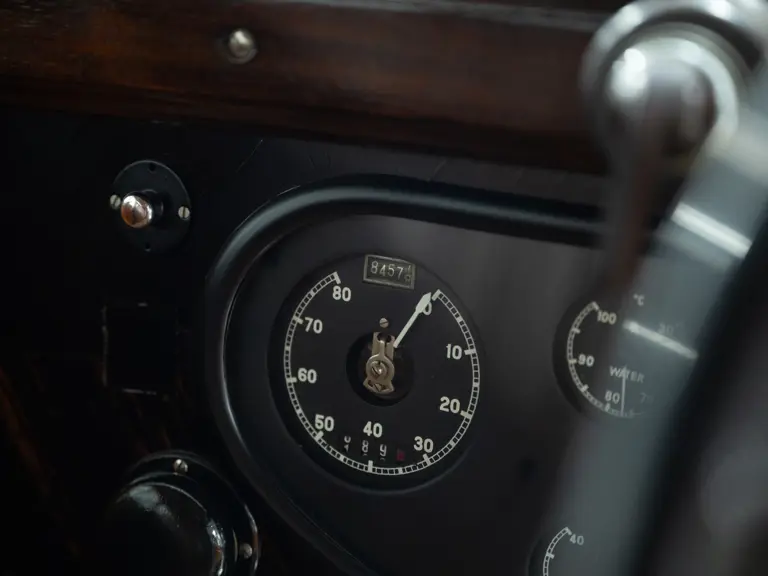
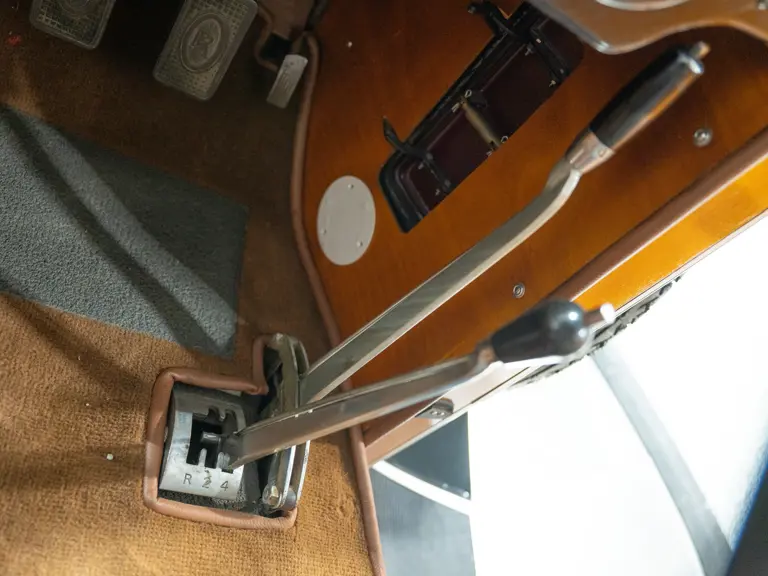

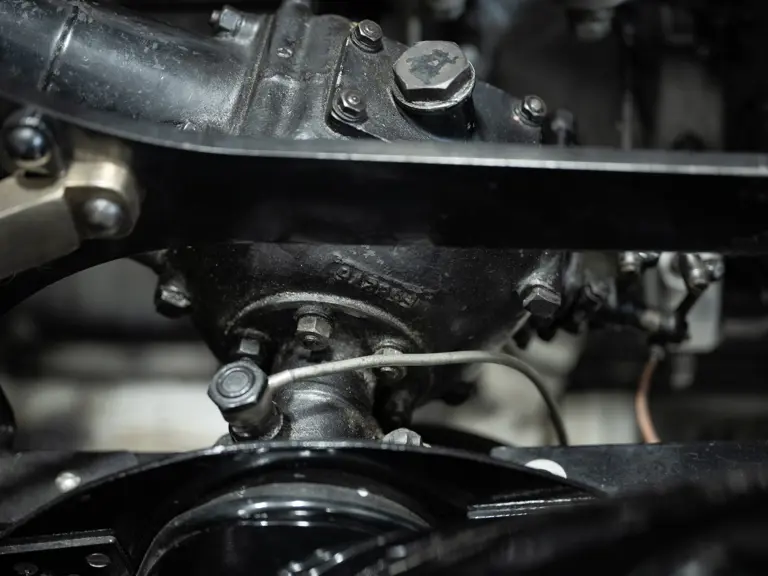
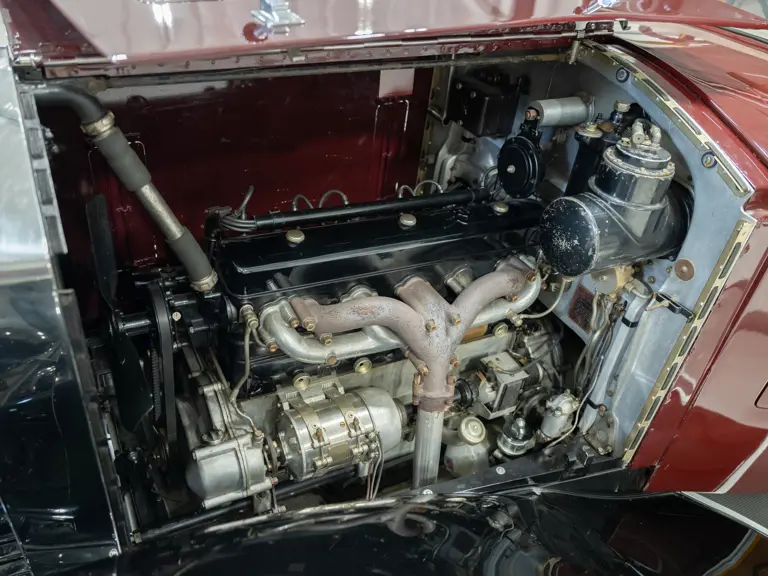
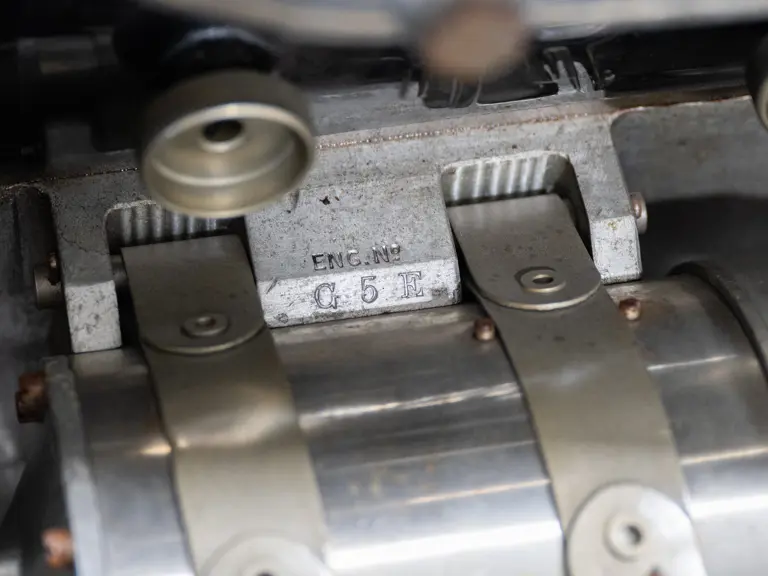
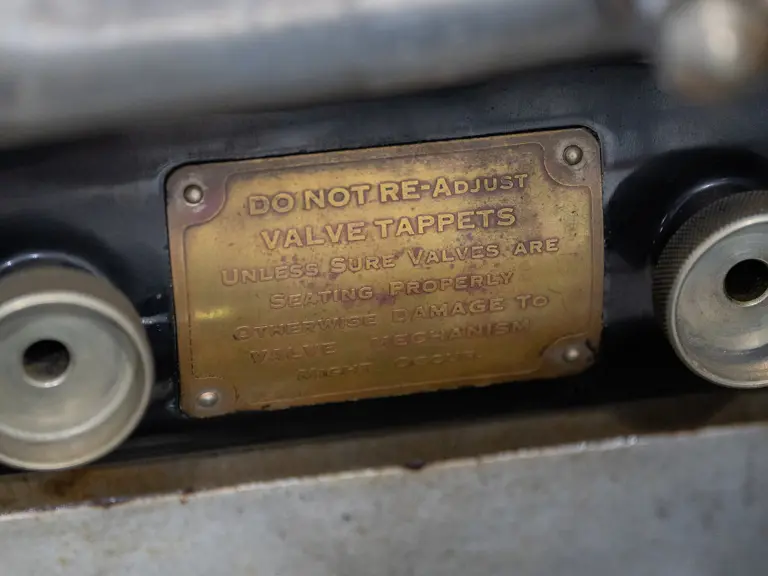
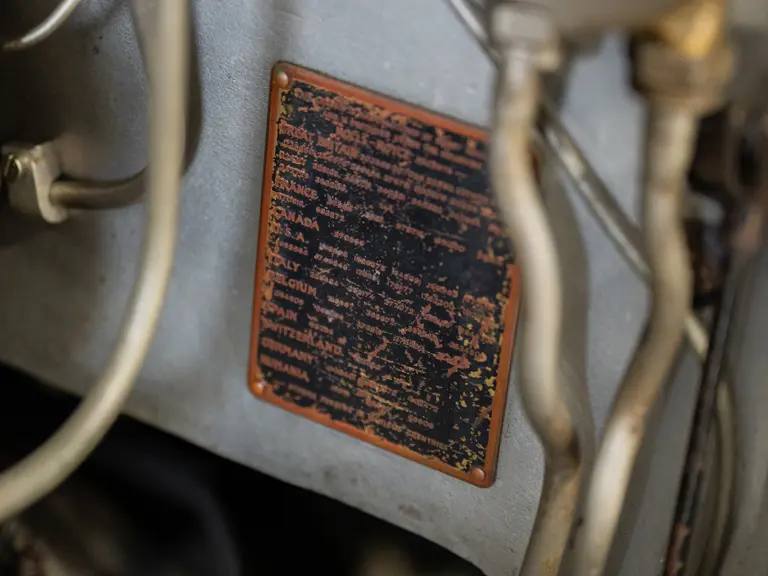
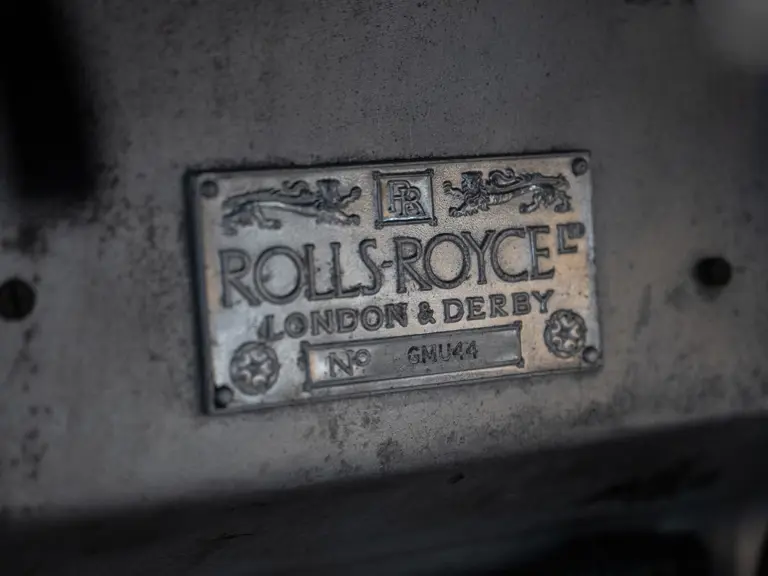
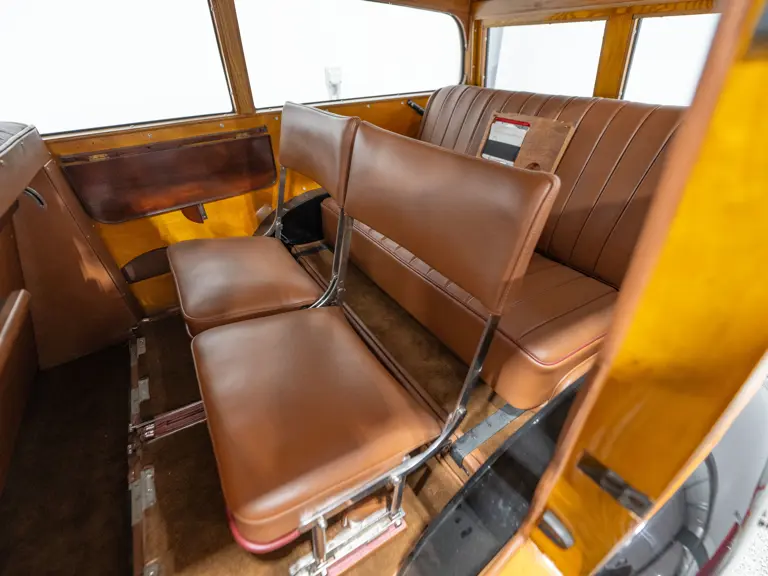

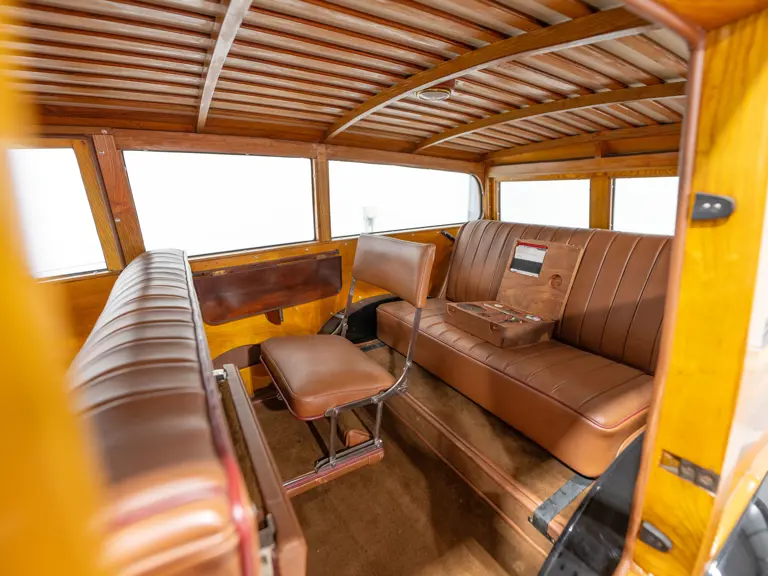

 | Kansas City, Kansas
| Kansas City, Kansas
